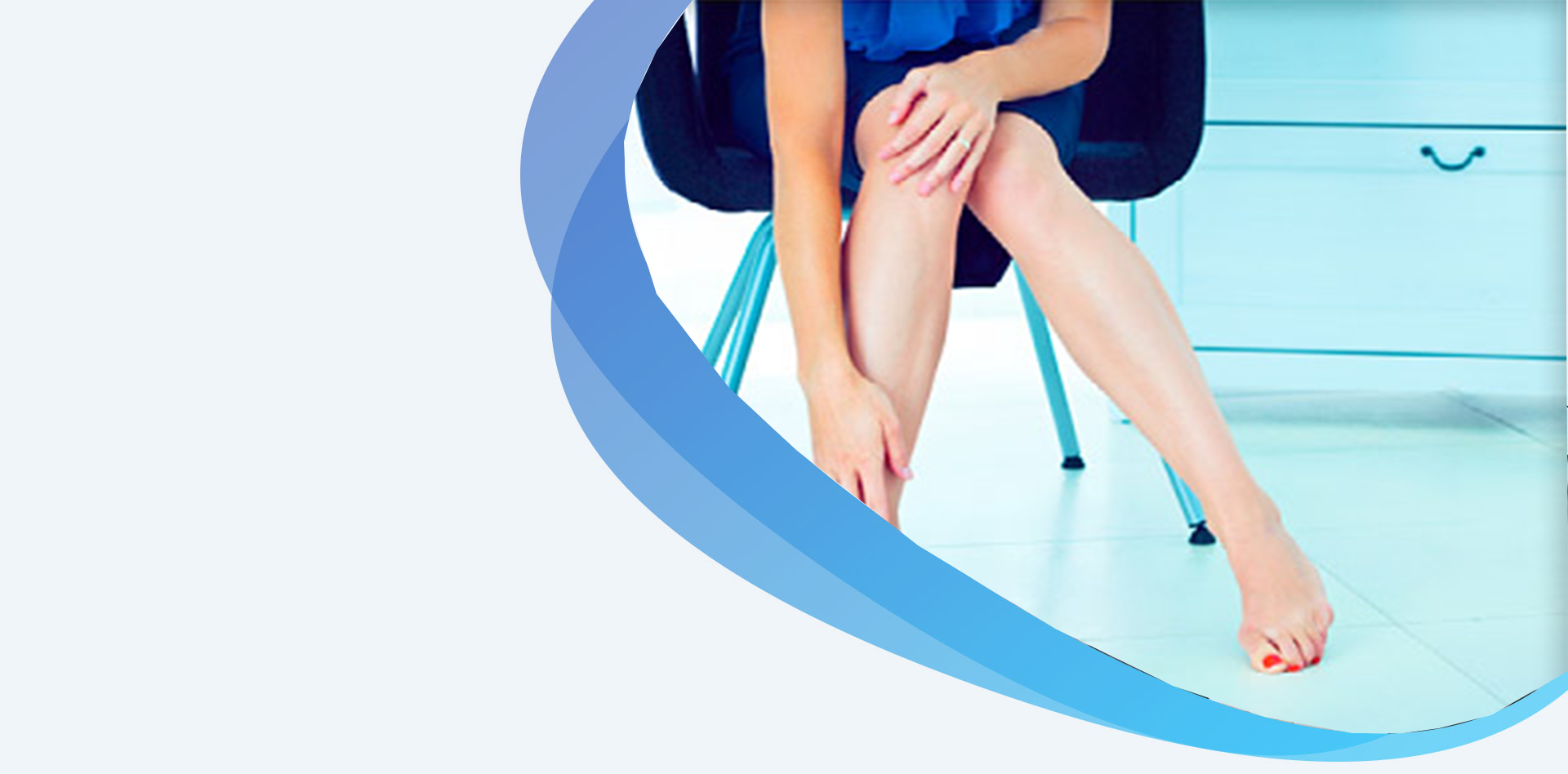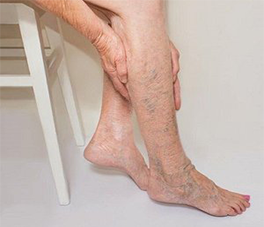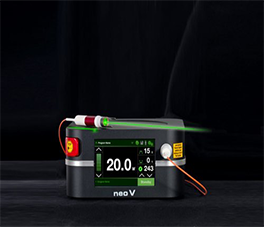Sclero-Varicose Veins


Large bulging veins in the legs that can cause many different types of symptoms. Varicose veins can occur in almost anyone and affect up to 35% of people in the India. You may inherit a tendency to develop varicose veins from a parent. Women, women who have had multiple children, and obese persons are at a higher risk.
Sclerotherapy is a minimally invasive procedure that treats varicose veins and spider veins. It involves injecting chemicals, known as sclerosing agents, into damaged veins.
In addition to diminishing the appearance of varicose or spider veins, sclerotherapy can also reduce pain or side effects caused by damaged veins.
Varicose veins can cause itching, pain, cramping, and discoloration. Spider veins are smaller and less severe than varicose veins. Varicose veins are more common in women than in men, although anyone can get them.
An estimated 20 percent of adults will be affected by varicose veins at some point in their lives. More than 1000 sclerotherapy procedures were done by our surgeons in 2019.
The most common areas for varicose veins to develop are on your legs and feet.
The affected veins may be raised, discolored, or swollen, and some are deeper under the skin and can cause discomfort. Spider veins are smaller in size, closer to the surface of the skin, and can appear red, purple, or blue.
More rarely, sclerotherapy may be used to treat hemorrhoids. Sclerotherapy for the treatment of hemorrhoids is typically used when the hemorrhoids are smaller and external. It can also be used when the hemorrhoids bleed or when you can’t risk a surgical procedure such as a hemorrhoidectomy due to other health concerns.
Depending on the size of the damaged veins, sclerotherapy can be used to treat varicose and spider veins in the following areas:

Depending on the severity of the condition, sclerotherapy treatment for venous problems can take anywhere from 15 minutes to an hour. If you’re getting treatment on your legs, your doctor may have you lie on your back with your legs elevated.
Depending on how far below your skin the damaged vein is, your doctor may use an ultrasound as part of the procedure.
The procedure begins with your doctor cleaning the skin around the targeted veins. With a fine needle, your doctor will inject the damaged vein with a sclerosing agent. Sclerosing agents typically used in sclerotherapy include:
The liquid or foam solution causes the walls of the injected vein to seal shut, so blood is redirected to unaffected veins. Over time, your body absorbs the damaged vein, making it less visible and uncomfortable.
Based on the size of the treated vein or veins, you may need up to four treatments.

First, you’ll have a consultation with your healthcare provider. They’ll help you determine if this procedure is right for you.
In the few days before the procedure, your healthcare provider will usually recommend that you avoid certain medication, such as ibuprofen (Advil) and aspirin (Bufferin). This will help reduce your risk of bruising.
They may also recommend that you avoid applying lotion or shaving your legs before sclerotherapy to decrease irritation. You may also want to purchase and try on a compression stocking. You may be required to wear one for several days after the procedure.
You should let your healthcare provider know about any other medical issues you have before your procedure.

You may experience minor cramping, stinging, or burning in the injected vein during sclerotherapy. The procedure can also be painful, especially if the sclerosing agent leaks into surrounding tissues.
Common side effects of sclerotherapy include:
All of these side effects should subside in a few days. Brown lines or spots can develop near the treatment area, as well. These normally disappear within three to six months, but in some cases this side effect lasts longer or may become permanent.
More serious side effects include:
You should stay in touch with your healthcare provider after sclerotherapy treatment to help increase the efficacy of the procedure and manage any potential side effects.